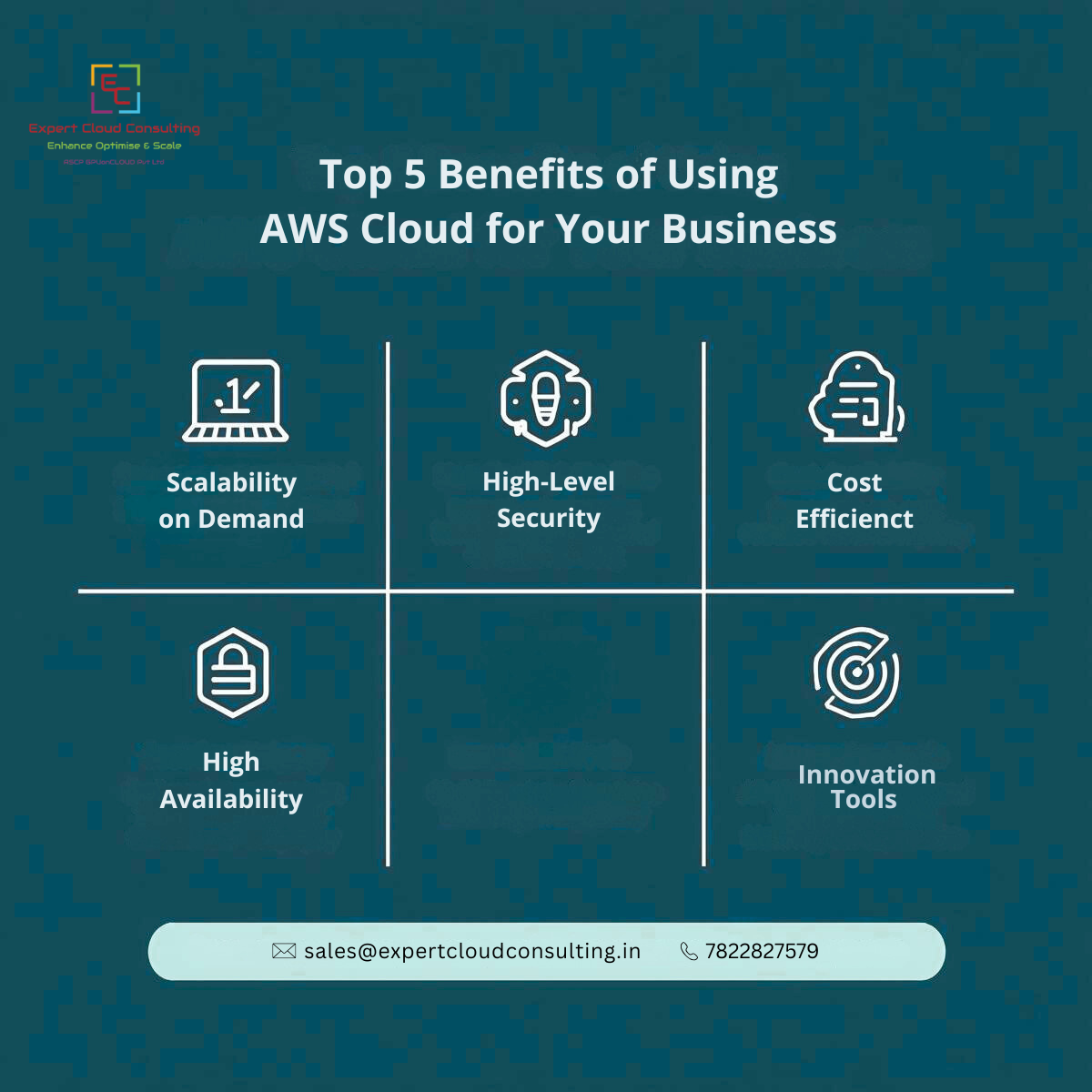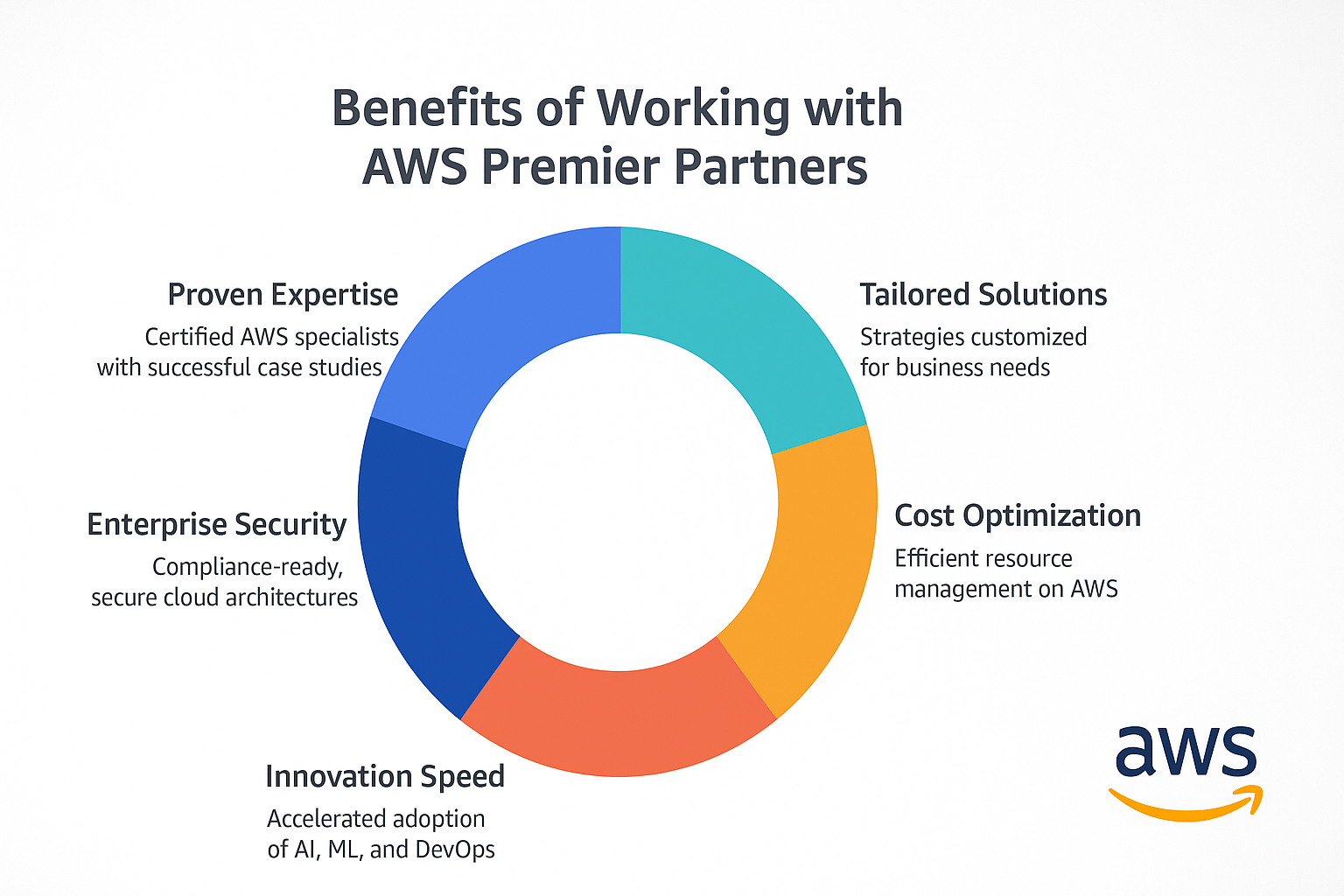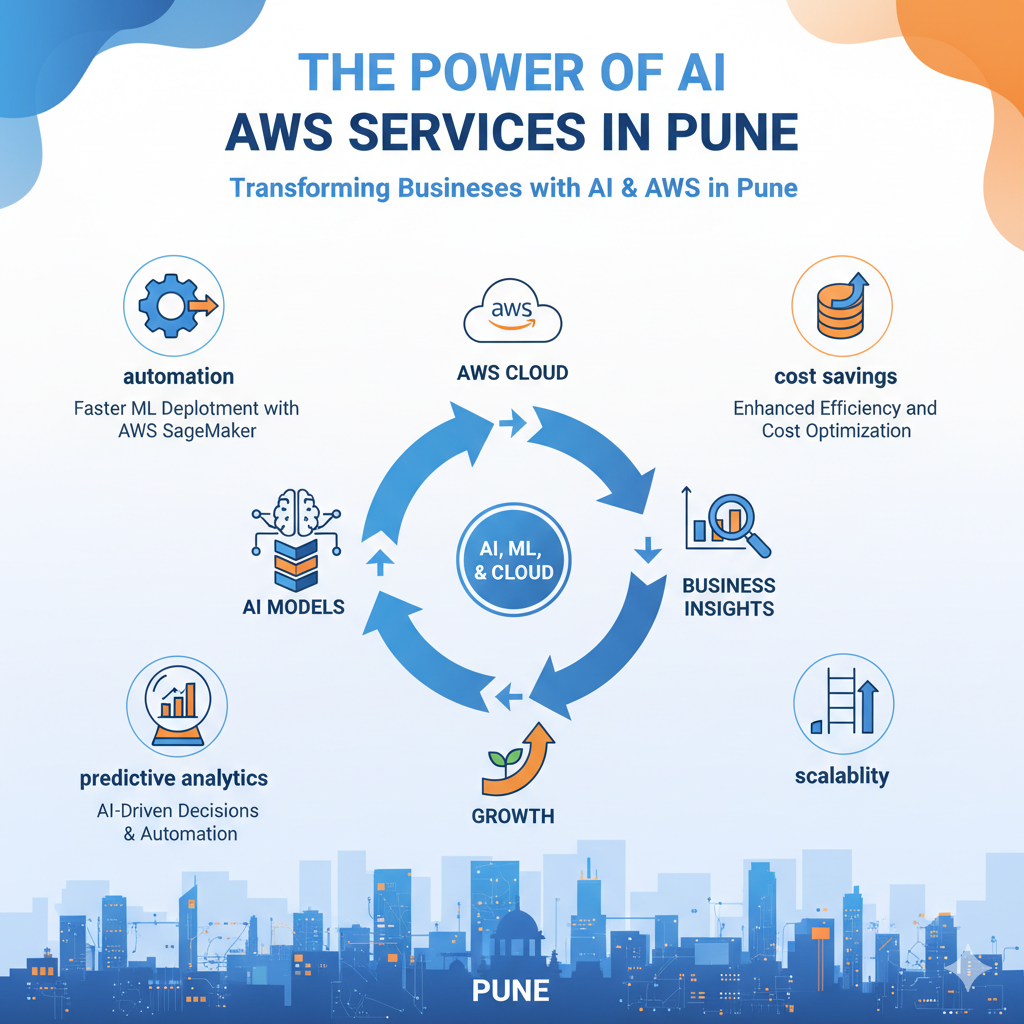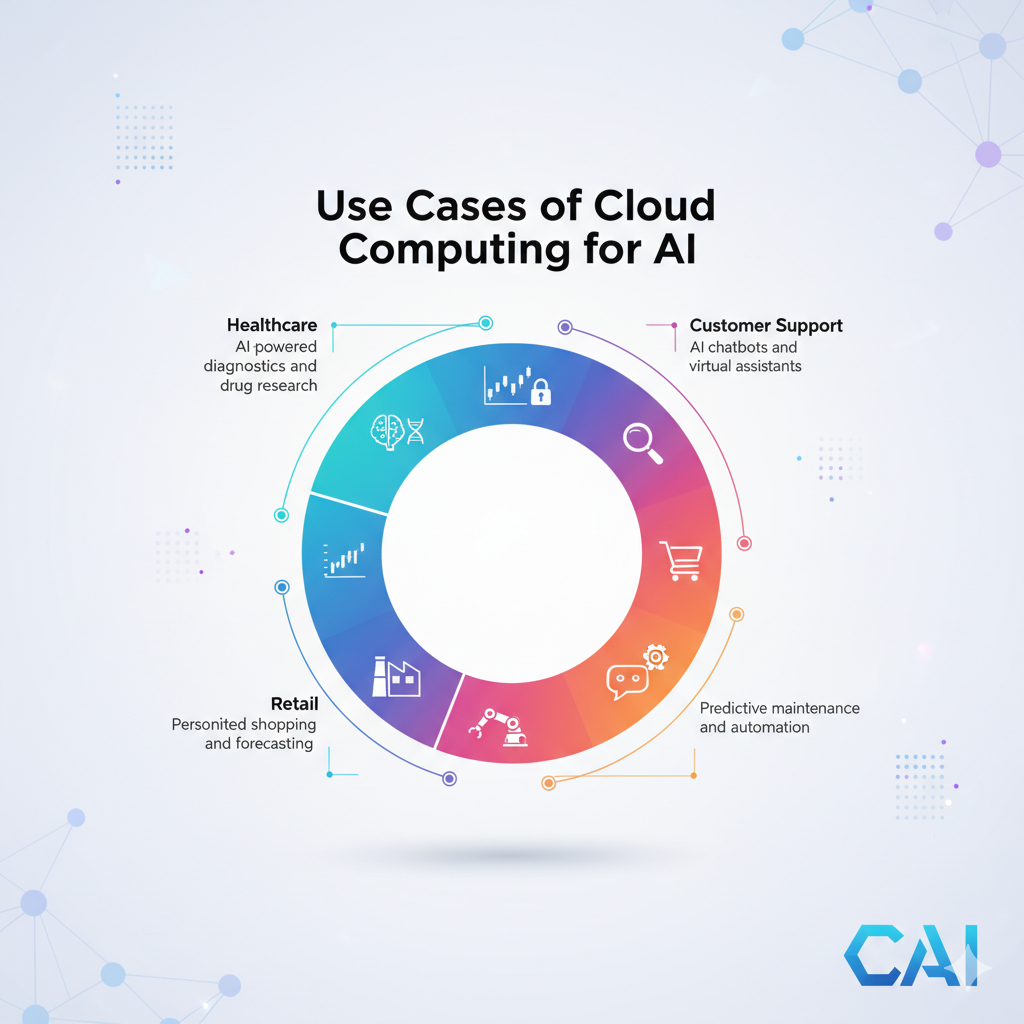- IntroductionIn today's cloud-centric landscape, safeguarding data and resources is paramount. AWS Network Firewall emerges as a pivotal managed service for fortifying Virtual Private Cloud (VPC) environments. It empowers users to establish and manage rules governing inbound and outbound traffic flows. Nevertheless, the intricacies of rule management can burgeon into a time-consuming endeavor, particularly amidst escalating infrastructural demands. Here, automation emerges as a beacon of efficiency. By automating the orchestration of AWS Network Firewall rules, organizations can ensure perpetual alignment with security protocols while alleviating administrative burdens.✨🚀
AWS network firewall & rule management 🛡️🔍AWS Network Firewall stands as a tailored service engineered to fortify Amazon Virtual Private Clouds (VPCs), furnishing a spectrum of firewall functionalities alongside intrusion detection and prevention capabilities. It encompasses advanced filtering mechanisms, stateful traffic scrutiny, and comprehensive security provisions. Rule management encapsulates the process of defining, validating, and updating firewall regulations dictating network traffic, based on criteria such as source/destination IP, protocol, and port. Automation of this process not only streamlines operations but also curtails errors, fostering swifter responses to security incidents.
Getting Started with Automation 🛠️ AWS offers an array of tools and functionalities conducive to automating rule management for Network Firewall:
1️⃣ AWS SDKs 📦Leveraging AWS Software Development Kits (SDKs) in popular programming languages like Python, Java, and JavaScript enables seamless automation of rule management tasks.
2️⃣ AWS CLI 🤖The AWS Command Line Interface (CLI) equips users with a repertoire of commands tailored for managing AWS resources, including Network Firewall rules, thereby facilitating automation from the command line or within scripts.
- 3️⃣ AWS CloudFormation ☁️
- Benefits ⚡
1️⃣ Reduced operational overhead 🛠️Automating rule management obviates the need for manual intervention, culminating in operational efficiency gains and resource reallocation towards mission-critical endeavors.
2️⃣ Enhanced agility ⚙️
Automated updates facilitate near-real-time rule adjustments, instrumental in expeditiously addressing security incidents, thereby fortifying organizational resilience against evolving threat landscapes.
- 3️⃣ Elevated accuracy 📈
Automation mitigates the risk of human fallibility inherent in manual rule management processes, ensuring consistent application and enforcement of network security policies.4️⃣ Centralized governance 🏛️Centralized automation of rule management fosters uniformity in firewall regulations across the network infrastructure, facilitating the maintenance of a cohesive security posture and effective enforcement of global security policies.Conclusion
Automating rule management for AWS Network Firewall heralds a pivotal stride towards bolstering operational efficiency, mitigating errors, and fortifying security protocols. By harnessing the capabilities of automation tools, organizations can cultivate an agile, scalable, and robust approach to firewall rule management, liberating resources for strategic initiatives whilst ensuring steadfast adherence to security mandates. Embarking on the journey of automating rule management for AWS Network Firewall epitomizes a proactive stance towards nurturing agility and resilience in network security paradigms.🌟🚀











